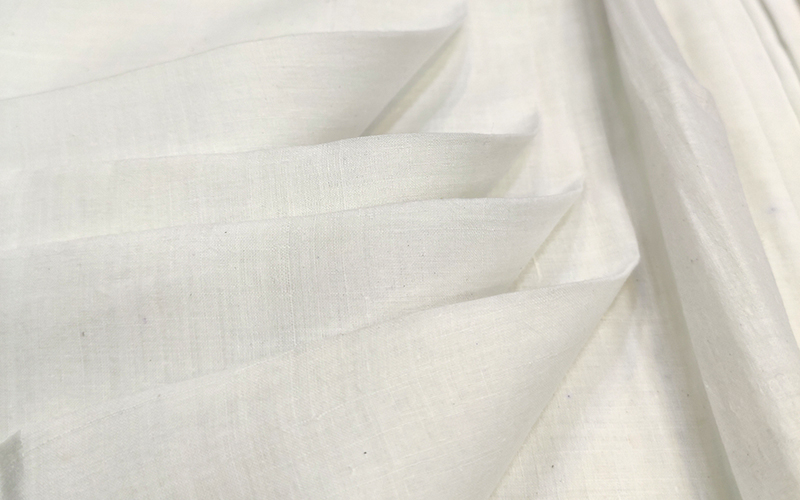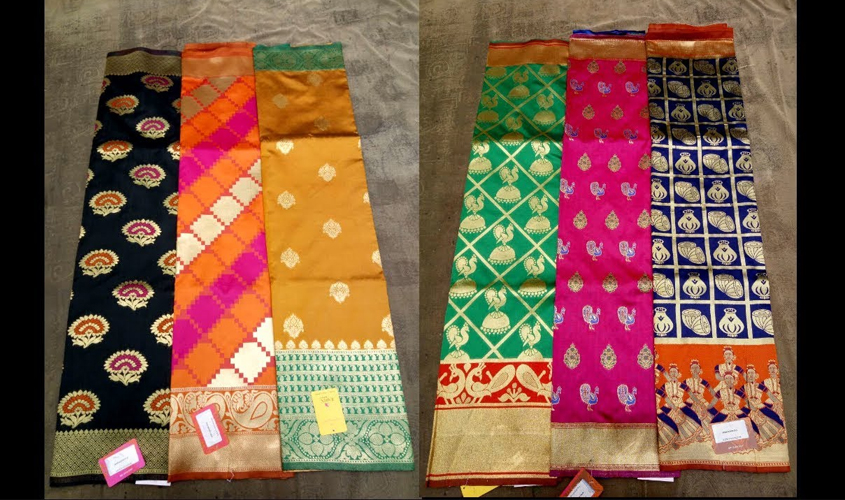One of the finest muslin textiles of Bengal
One of the finest muslin textiles of Bengal is renowned for its exquisite craftsmanship, delicate texture, and timeless elegance. Muslin, a sheer cotton fabric, has been woven in Bengal for centuries and has earned a reputation as one of the world s most luxurious fabrics.
Bengali muslin is crafted using the finest quality cotton fibers, meticulously hand-spun into incredibly fine threa...



